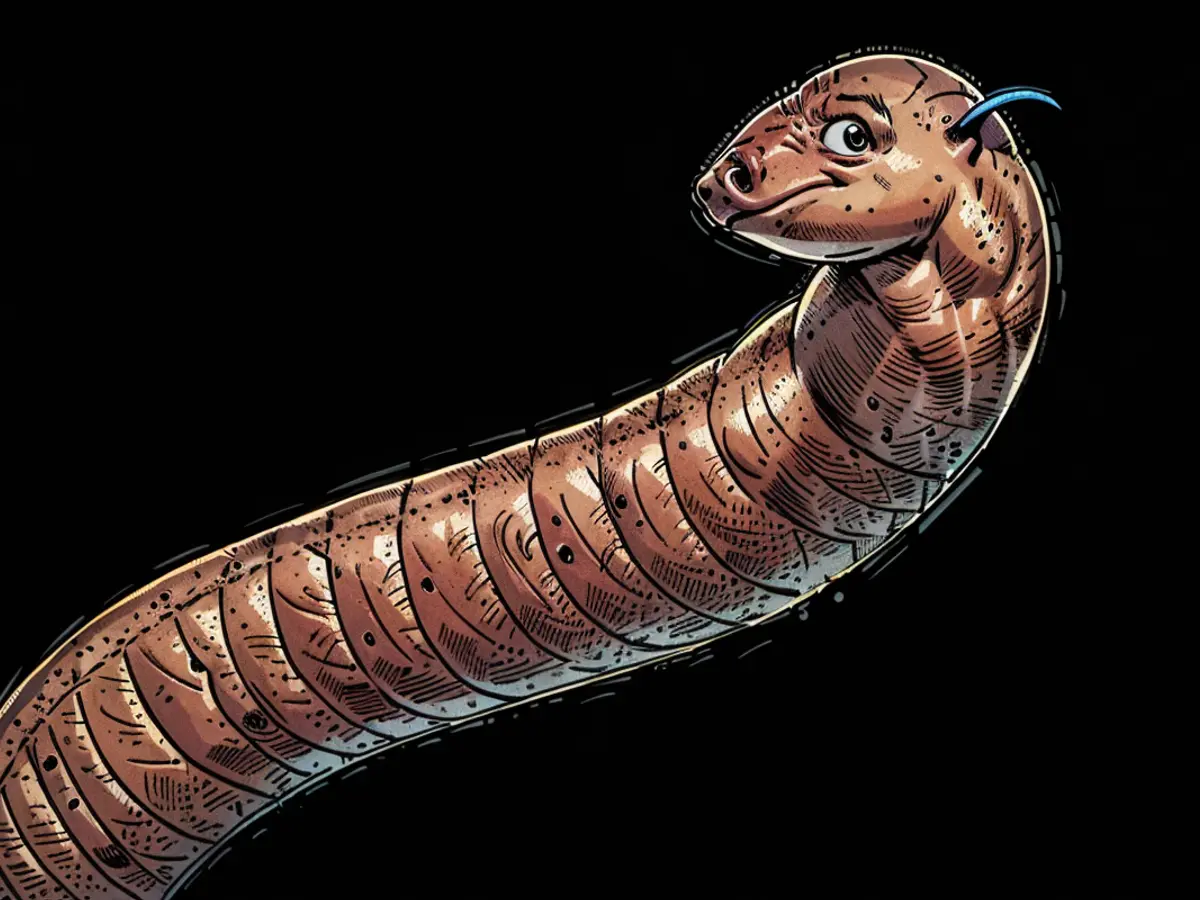The primitive fish has the greatest genetic makeup of all animals
The genome of the South American lungfish, consisting of over 90 billion bases, is the largest known among animals. An international team led by evolutionary biologist Axel Meyer from the University of Konstanz and biochemist Manfred Schartl from the University of Würzburg has deciphered this largest known genome: the genetic material of the South American lungfish (Lepidosiren paradoxa). "The data will help to understand how the ancestor of today's tetrapods conquered land," it was stated in a press release announcing the publication of the study results in the journal "Nature".
Lungfish are considered the closest living relatives of the animals that pulled themselves onto land with powerful fins around 400 million years ago and could survive there thanks to their lungs. All so-called tetrapods, including humans, other mammals, amphibians, reptiles, and birds, go back to them. There are said to be three lines of lungfish today: one in Africa, one in Australia, and one in South America, which is found, among other places, in the Amazon basin.
Appearance like their ancestors
From the analysis of the genome, researchers hope to gain insights into the origins and further development of these unusual animals. "Evolution seems to have forgotten them," the researchers write. Because these ancient "living fossils" still look largely like their ancestors from the late Devonian period around 400 million years ago. By comparing the genome sequences, it is possible to demonstrate, for example, the connection between the fin rays of bony fish and the fingers of tetrapods.
That the genomes of lungfish are huge was already known, but the study now shows just how gigantic they can be: The genome of the South American lungfish consists of more than 90 billion bases, the group writes. It is thus 30 times larger than the human genome and more than twice as large as that of the previous record holder, the Australian lungfish (Neoceratodus forsteri). "18 of the 19 chromosomes of the South American lungfish are each larger than the entire human genome," it is stated in a press release on the study, quoting Schartl.
This is due to so-called autonomous transposons. These DNA segments "replicate" and then change their position in the genome. They make up more than 90 percent of the lungfish genome. The expansion rate of the South American representative is thus by far the fastest known: Every ten million years in the past, its genome has grown by the size of the entire human genome.
Nevertheless, the lungfish genome is surprisingly stable. Therefore, the research team was able to reconstruct the original architecture of the chromosome set of the first tetrapod from the sequences of the still living lungfish species, as they stated in their own announcement.
Moreover, the genomes of different lungfish can be compared to draw conclusions about whether differences between today's living specimens are due to genetic causes. For instance, the Australian lungfish still had limb-like fins with which their ancestors could once move on land. In contrast, in today's African and South American lungfish, these fins, which resembled human arms and legs in bone structure, have regressed into thread-like fins over the past approximately 100 million years.
Using the analysis of the Australian lungfish's genome, the team led by Meyer and Schartl had already shown a few years ago that the same genes in humans and lungfish control the development of the lung. The lung of lungfish has the same evolutionary origin as that of terrestrial vertebrates, including humans. Furthermore, fingers, ulna, and radius are present in the fish's fin, for which the same genes are responsible as in humans. Scientists from Dresden, Hamburg, Sweden, Austria, and France also contributed to the current study.
The analysis of the South American lungfish's genome could provide valuable insights into the evolution of tetrapods, as the data might help understand how their ancient ancestors adapted to living on land. Despite having one of the largest genomes among animals, with over 90 billion bases, the genome of the South American lungfish is surprisingly stable.







